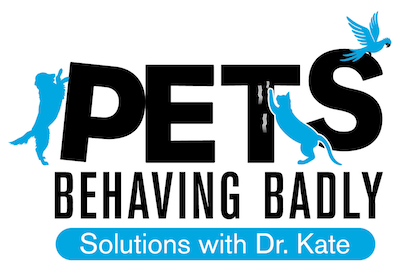There are a number of factors that influence exactly what an animal finds rewarding or reinforcing. These include it's species, breed/breed type, temperament, personality, past experiences, likes and dislikes, health status, age, the immediate environment, time of day etc.
Why use treats when training you pet?
Most animal trainers recommend food as the best reward for desired behaviours. Food is classified as a "primary reinforcer" or biological need. Primary reinforcers include food, drink and shelter. Food is innately reinforcing and it works exceptionally well in training to teach dogs (and all animals) desired behaviours. But not all food is equal. Just because you think the treats you're using are rewarding to your dog (or other animal), doesn't mean they are the most rewarding or effective treats to use.Why treat selection is important
When choosing the type of treats to train your dog (or any pet), you should be aiming for high value treats for your particular animal. This is because the higher the value of the food, the more motivated your dog will be and the quicker they will learn. Many dog owners use their dogs regular kibble or dry food in training and, if you have a very food motivated dog, this might work just fine. However, most dogs tend to find their kibble relatively low value, as they eat it every day. In general, foods dogs find highly valuable include cooked chicken, cheese and hotdogs/devon but this varies depending on the dog (see Figure 1 for a general indication of treat value for most dogs).
 |
| Figure 1: Hierarchy of treat value for most dogs |
Another indication a particular treat is high value is how quickly your dog consumes it. If your dog scoffs the treats at lightning speed that's a pretty good sign their high value. But if your dog sniffs them a few times, picks one up, drops it and picks it up again before eating it, this indicates the treat is not very high value. Variety is also important. So try to mix it up a bit and avoid using the same treats day in, day out.
What about other rewards?
Although food is the best reward to use in training, it's important to combine it with other things your dog finds rewarding. These other rewards are referred to as "secondary reinforcers" and can include praise, pats, favourite toys, games, going for a walk and the opportunity to play with another dog. Secondary reinforcers are extremely useful for when you don't have food on hand, or you want to phase food out, and you still want to reward desired behaviour.
Again, it's important to establish if the secondary reinforcers you are using are actually rewarding to your dog. We often assume our dogs enjoy pats, but sometimes they don't. Here's a video to help you determine if your dog find pats reinforcing. The best indicator of whether your dog finds something rewarding is an increase in the behaviour you're rewarding. If the behaviour is not increasing (or strengthening) then the reward you're using is not reinforcing enough.
So now you know how important treat selection is in training, why not put it into practice and see what difference it makes. We'd love to hear your experiences!
Again, it's important to establish if the secondary reinforcers you are using are actually rewarding to your dog. We often assume our dogs enjoy pats, but sometimes they don't. Here's a video to help you determine if your dog find pats reinforcing. The best indicator of whether your dog finds something rewarding is an increase in the behaviour you're rewarding. If the behaviour is not increasing (or strengthening) then the reward you're using is not reinforcing enough.
So now you know how important treat selection is in training, why not put it into practice and see what difference it makes. We'd love to hear your experiences!






